For the second consecutive year, the Bulletin of the Atomic Scientists' Doomsday Clock remains fixed at 90 seconds to midnight, symbolizing humanity's perilous proximity to global catastrophe. This metaphorical representation assesses the imminent threats posed by nuclear weapons, climate change, and other existential risks.
Rationale for the Clock Setting:
The decision to maintain the clock at 90 seconds to midnight reflects ongoing concerns surrounding escalating global tensions, including Russia's invasion of Ukraine and the heightened risk of nuclear conflict. Additionally, factors such as climate-related disasters, the proliferation of nuclear weapons, and advancements in artificial intelligence contribute to the decision.
Bulletin's Assessment:
Rachel Bronson, the president and CEO of the Bulletin, emphasized the alarming trends pointing towards potential global calamity. The recent war in Ukraine and conflicts in the Middle East serve as stark reminders of the perils of modern warfare, underscoring the urgent need for global cooperation and diplomacy.
Nuclear Threats and Escalations:
The Bulletin highlighted several nuclear threats, including Russia's potential use of nuclear weapons in the ongoing conflict with Ukraine. Concerns arise from Russia's suspension of strategic arms treaties and the deployment of tactical nuclear weapons, indicating a dangerous shift in global security dynamics.
Historical Context of the Clock:
The Doomsday Clock originated in 1947, initially set at 7 minutes to midnight. Since then, it has fluctuated over the years, reflecting geopolitical tensions, advancements in technology, and environmental challenges. The current setting of 90 seconds to midnight is the closest the clock has ever been, signifying unprecedented global risks.
Assessment Methodology and Expert Consultation:
The Bulletin's Science and Security Board, comprising experts in nuclear risk, climate change, and disruptive technologies, collaborates with Nobel Laureates and other specialists to determine the clock's setting. Their assessments consider a range of factors, including geopolitical events, scientific advancements, and global trends.
Significance of the Doomsday Clock:
While the clock serves as a symbolic representation, it underscores the urgency for policymakers, scientists, and the public to address pressing existential threats. It serves as a call to action to prioritize diplomacy, arms control, and climate mitigation efforts to safeguard humanity's future.
Legacy and Evolution of the Doomsday Clock:
Originally conceived by the Chicago Atomic Scientists in the aftermath of World War II, the Doomsday Clock has evolved into a globally recognized symbol of existential risk. Its digital adaptation and continued relevance in the digital age reflect its enduring impact and significance in shaping public discourse on global security issues.



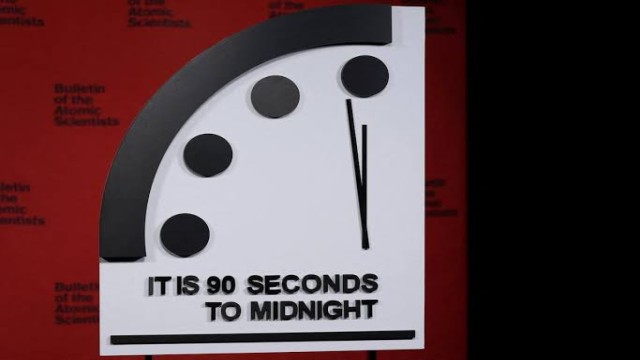

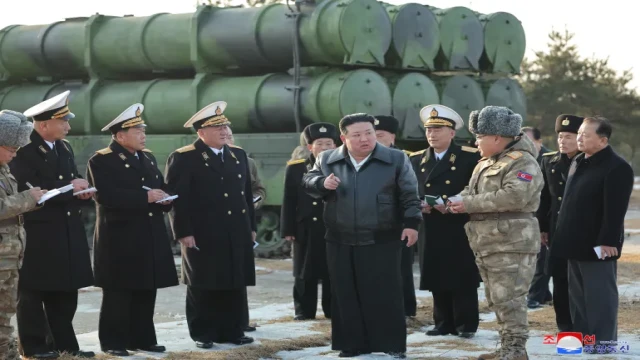
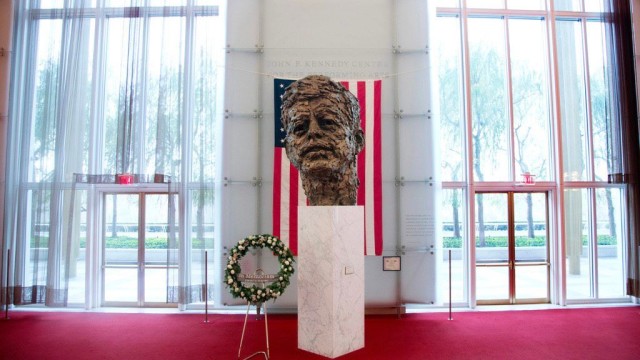

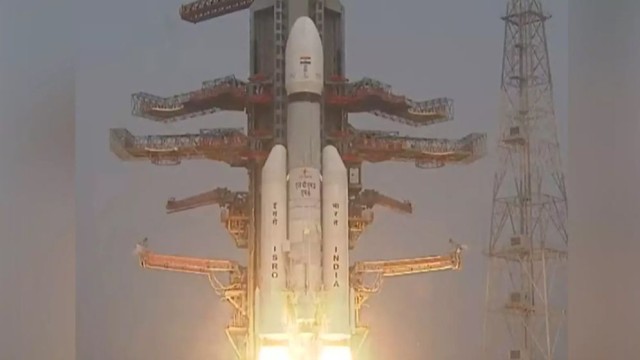

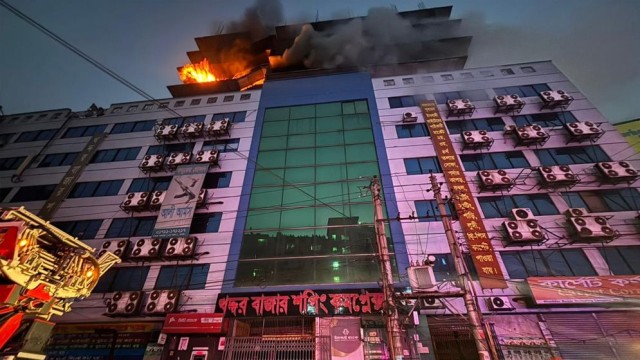






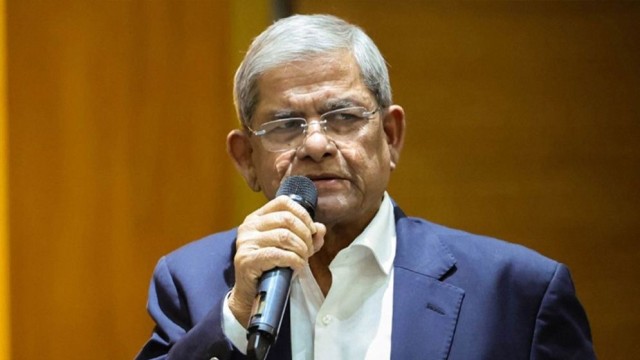

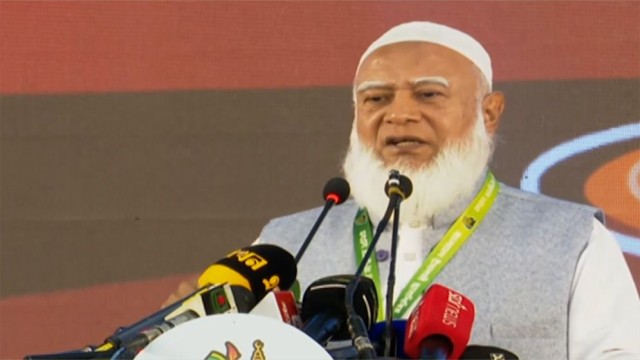










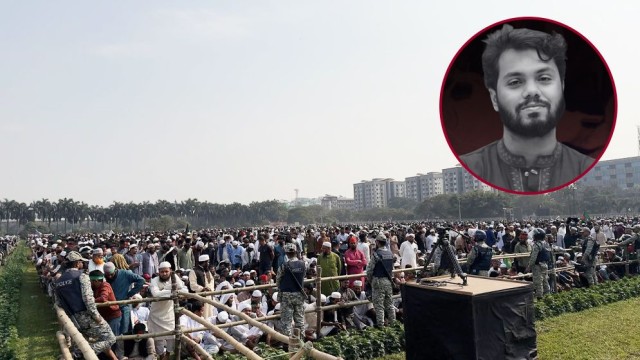
Comment: